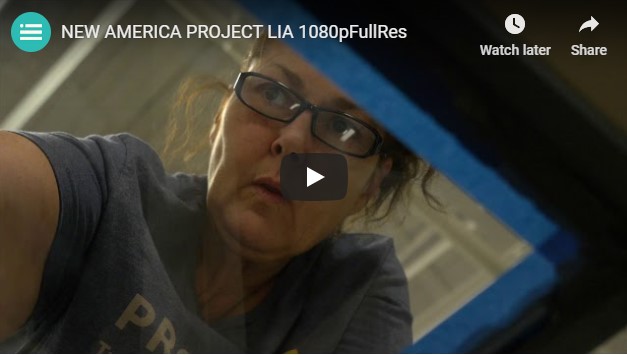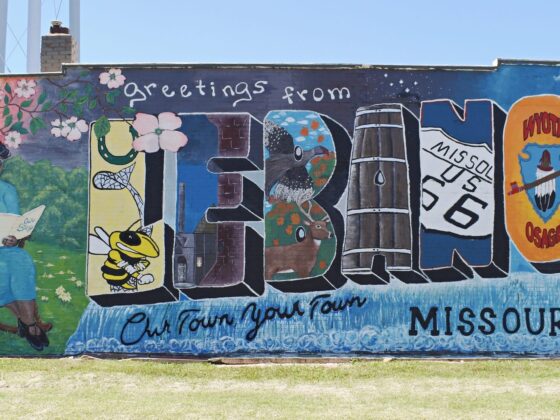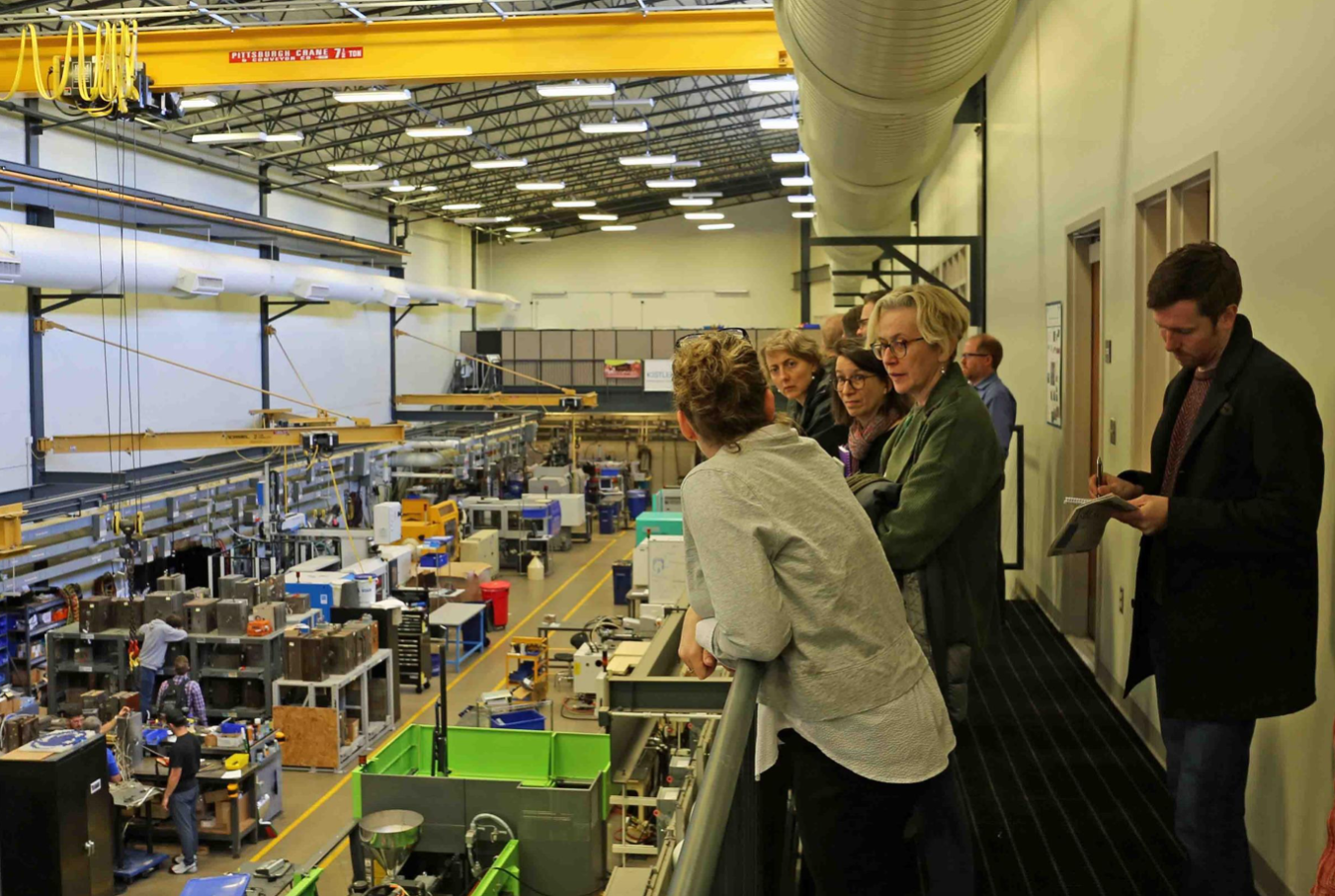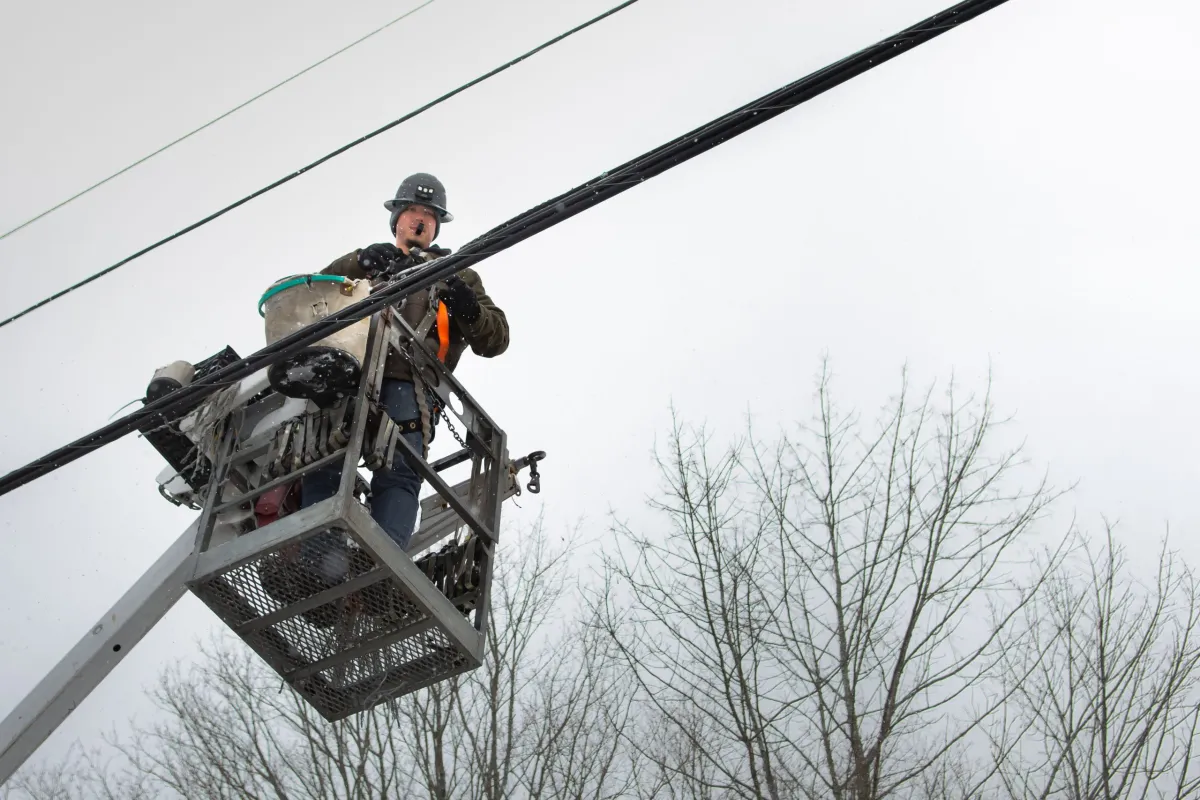Just under 10 percent of America’s prisoners are women. Men and women who are “returning citizens” face some common challenges in restoring their place in economic, family, civic, and social life—for instance, the stigma of a criminal record. Some other barriers vary by gender. Women are statistically more likely to be expected to care for children or other family members, men more likely to have been arrested for violent offenses.
In Indianapolis, a program called Project Lia helps women who are leaving prison reenter economic and social life. As its mission statement puts it:
The Project Lia program is for women rebuilding their lives after incarceration. Program participants receive educational opportunities in financial literacy, communication, business ethics, and health and wellness, as well [as] support for a future job search.
Our program length is designed to be 6 months–12 months. As you advance through our technical skills and life skills program curriculum, you may advance in job title and pay, with the goal being a successful transition to a long-term career opportunity.
In two previous installments, we’ve shared videos from our friends at New America about civic-renewal projects in Indiana that are very important in the state but get little national attention. The first, about a successful job-training program called Build Your Future, is here. The second, about an ambitious public-arts project run by the Big Car Collaborative, is here.
Now a third video, about how Project Lia is trying to help previously incarcerated women regain their economic and social footing.
As you can see from Project Lia’s site, its emphasis is on “renewal” in the broadest sense of the term. Toward its aim of helping its graduates begin rebuilding their lives, many of its projects involve reviving disused or abandoned buildings, as you’ll see in this video, and recycling material that would otherwise just go to landfills.
Thanks to the videographer and editor Michael Jensen, the executive producer Fuzz Hogan, plus our other friends at New America.





